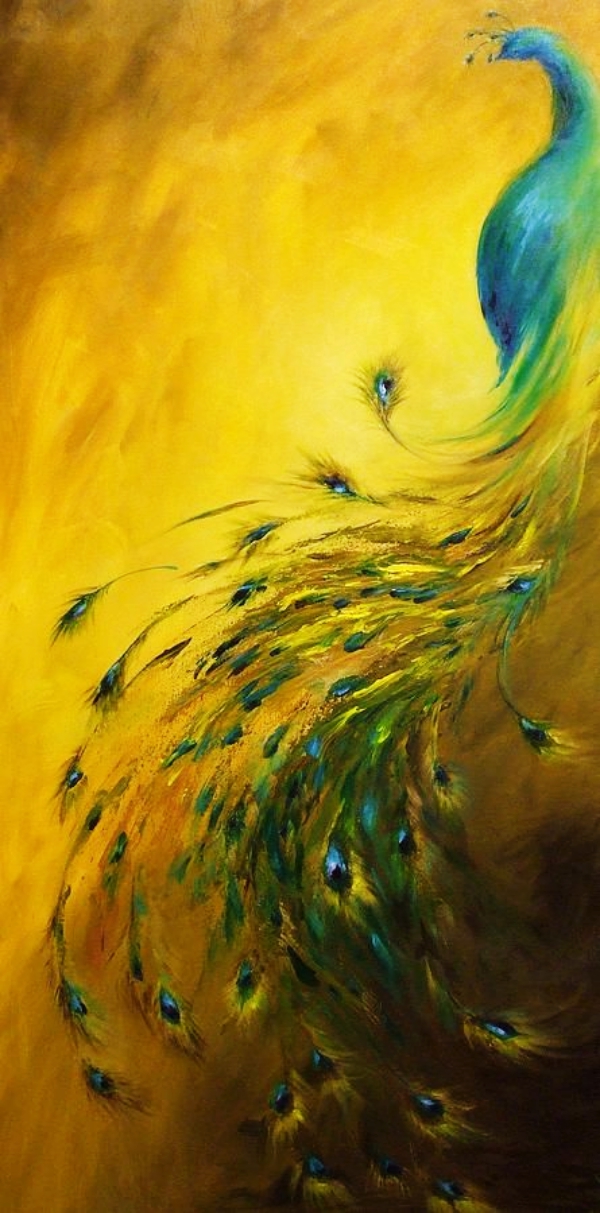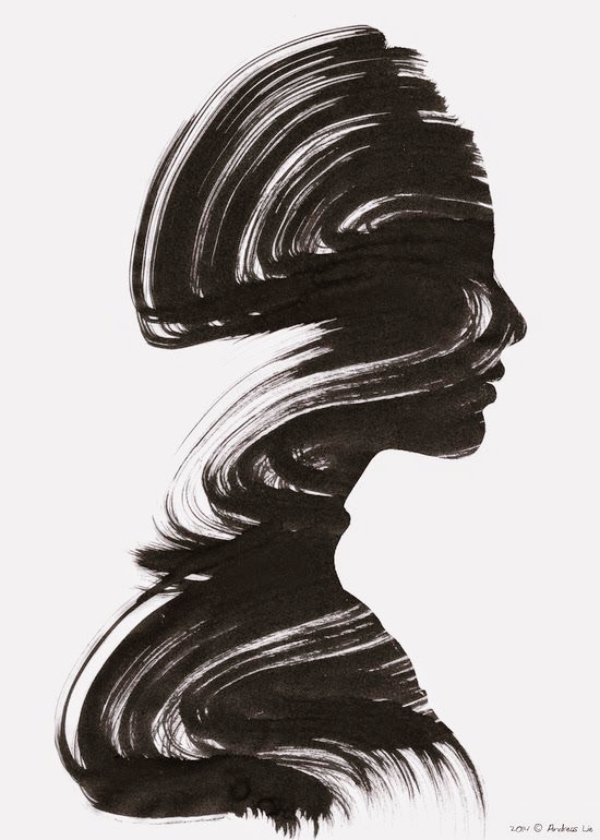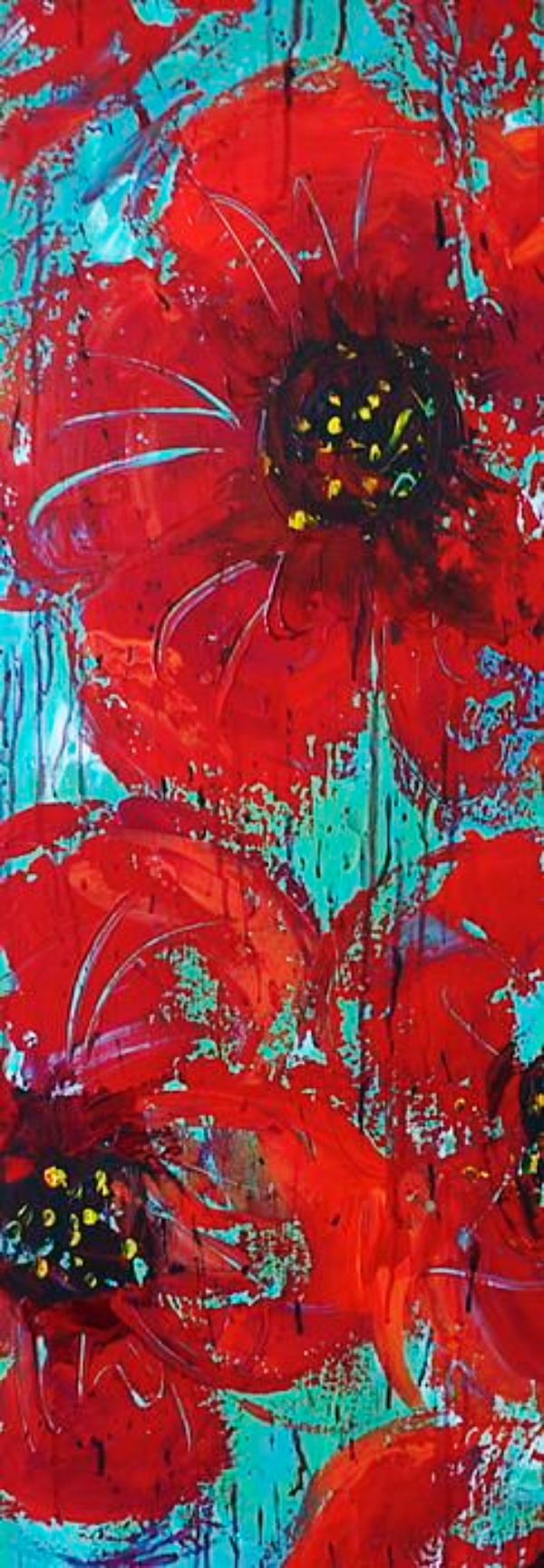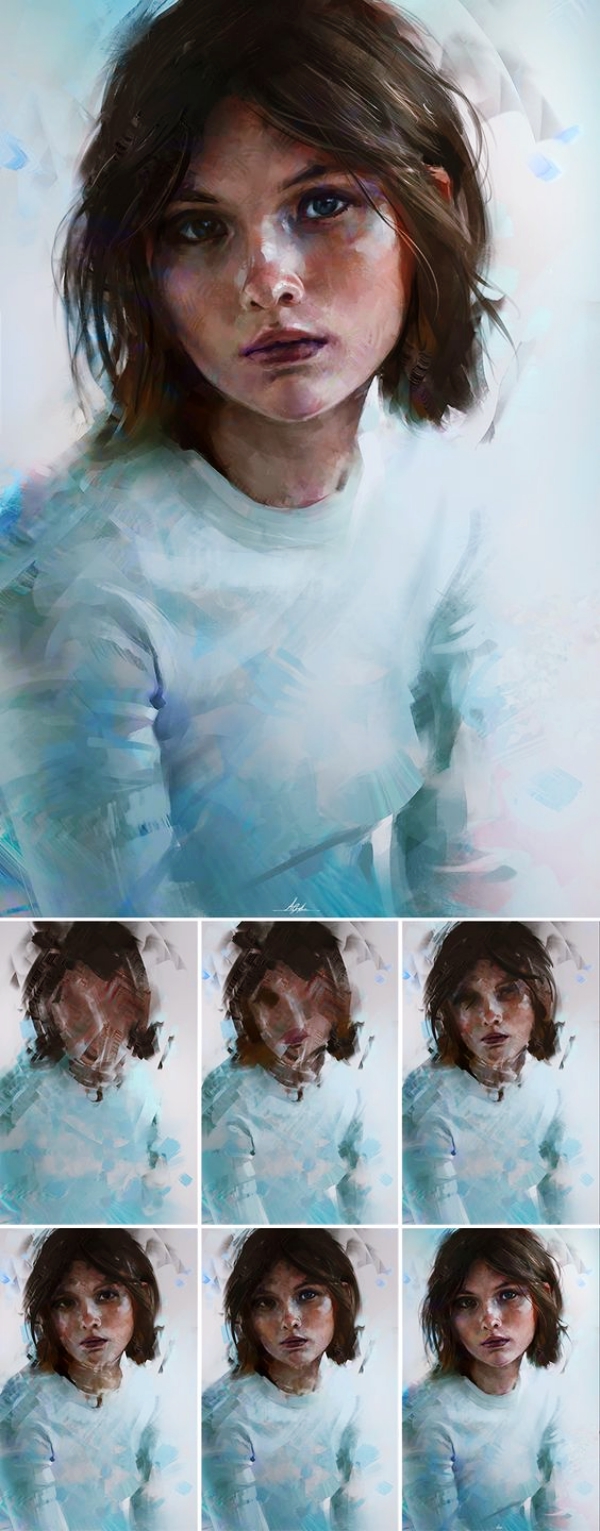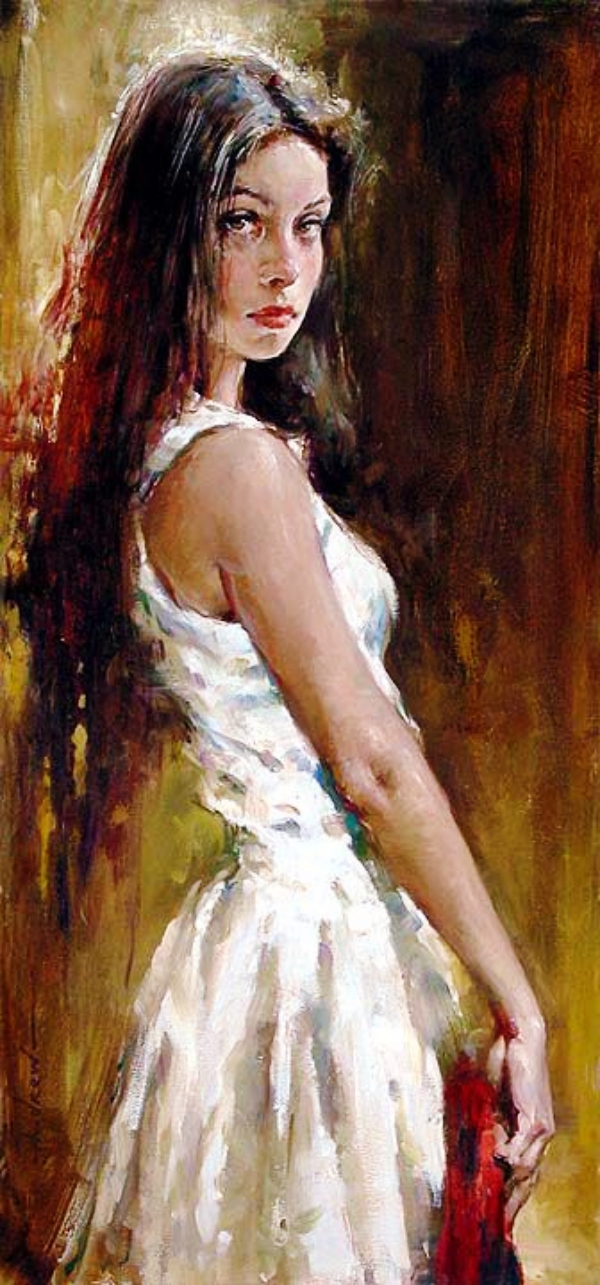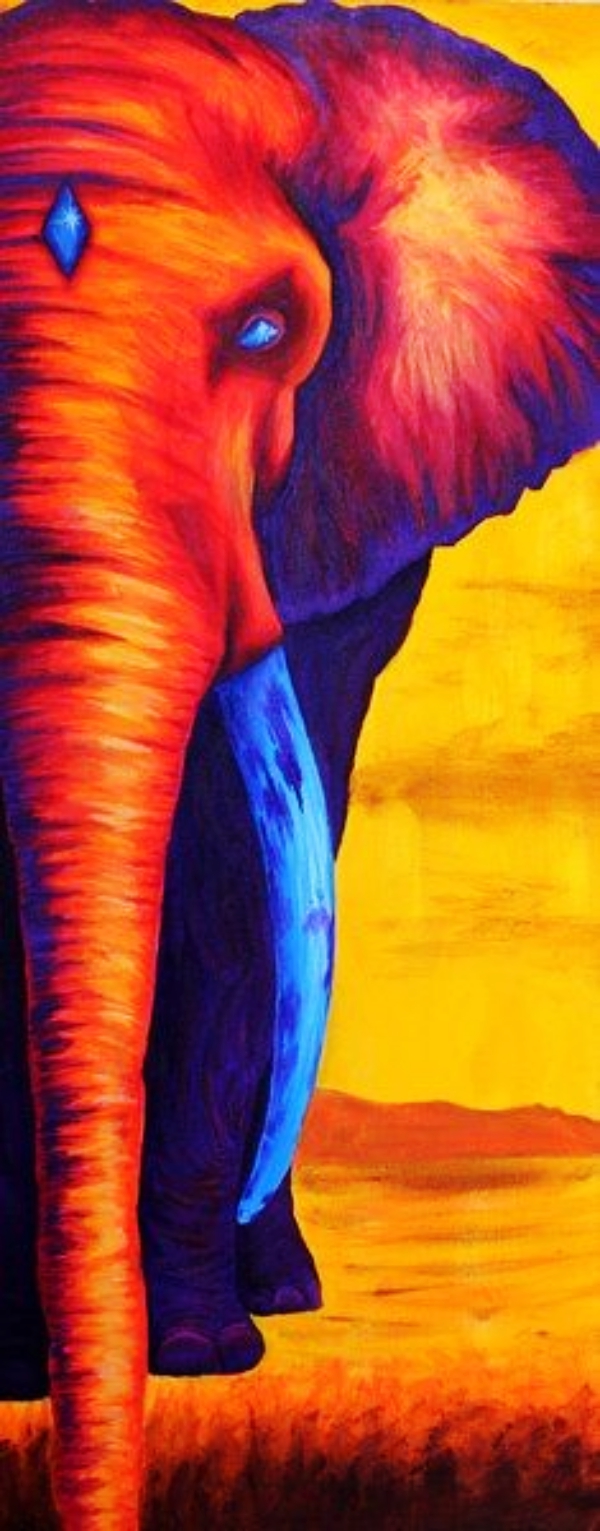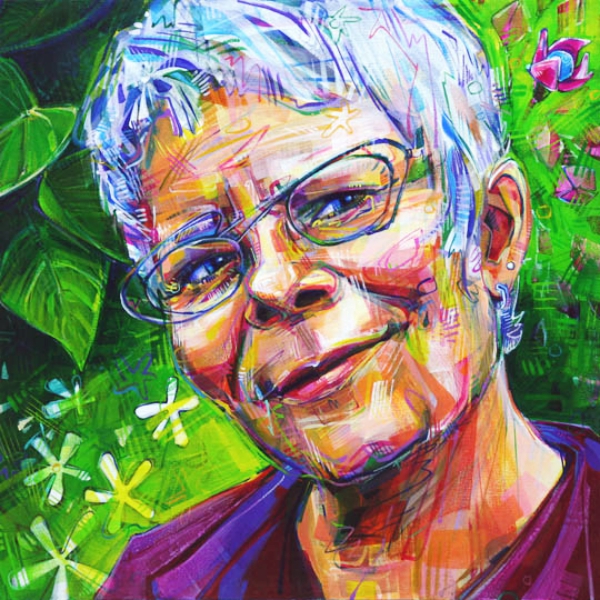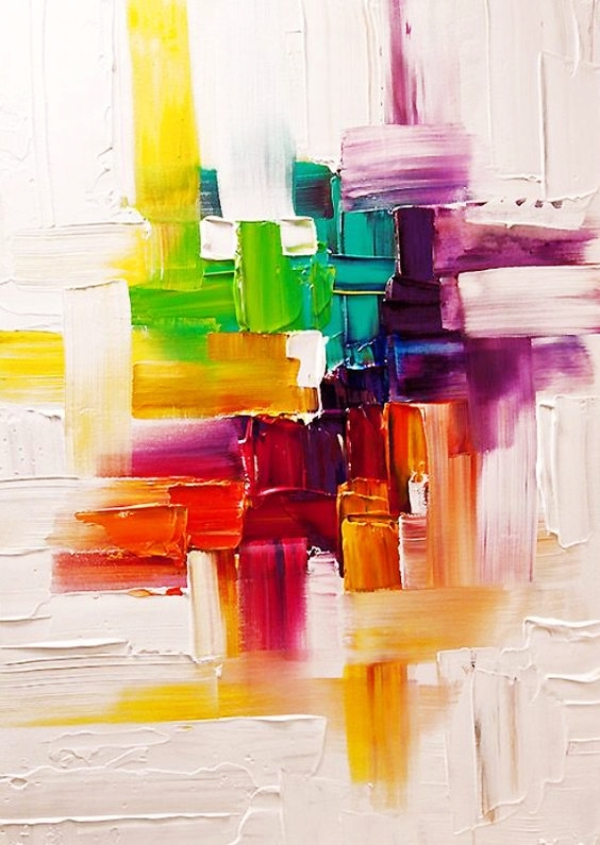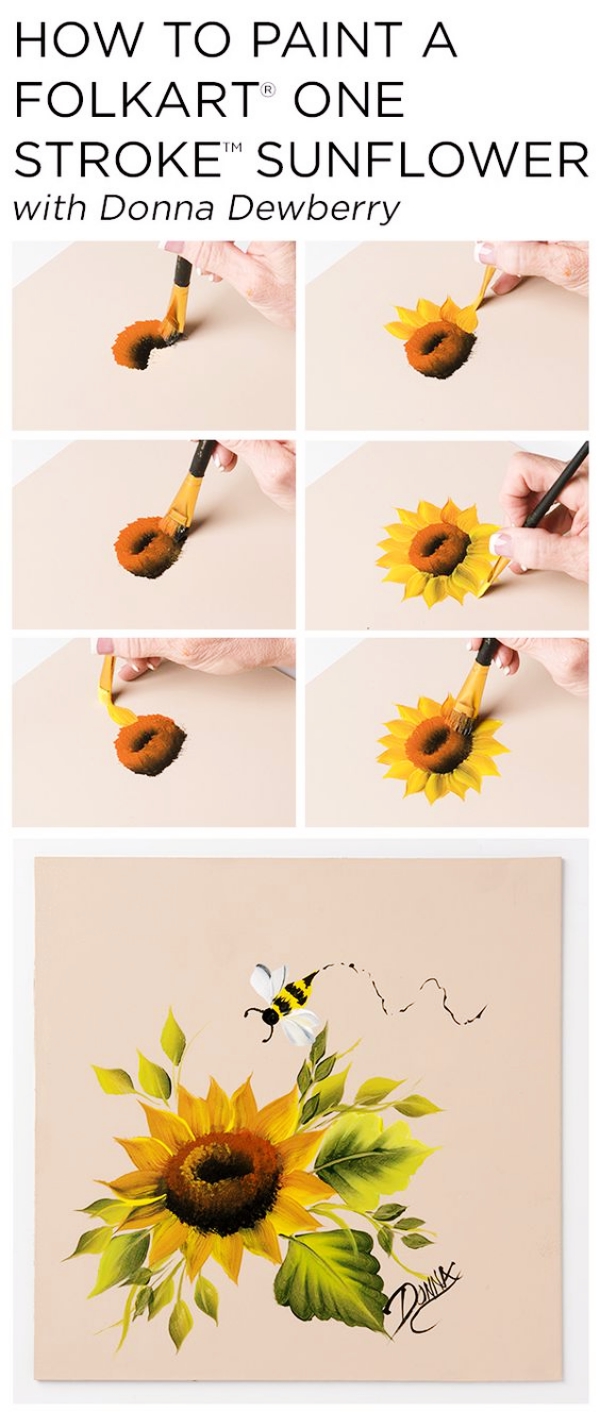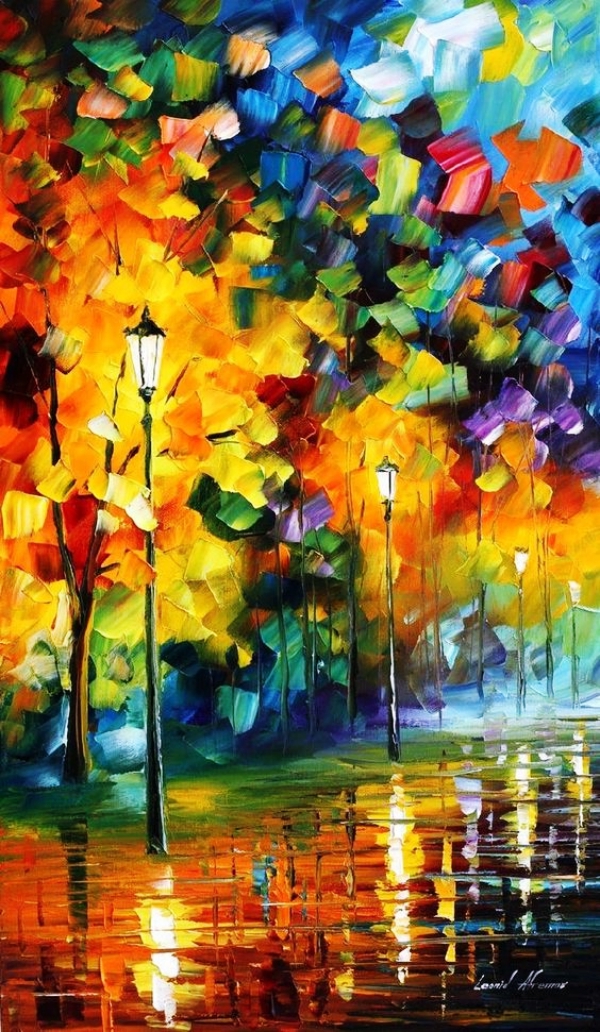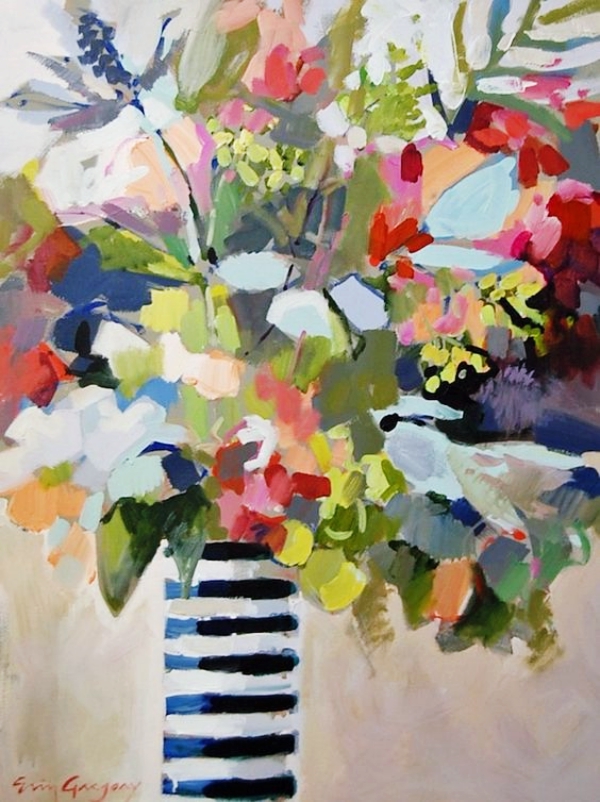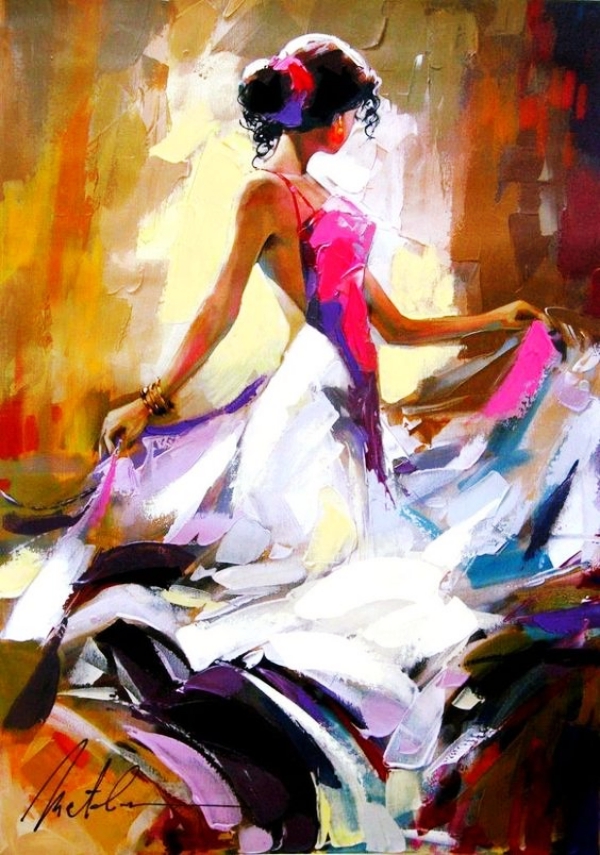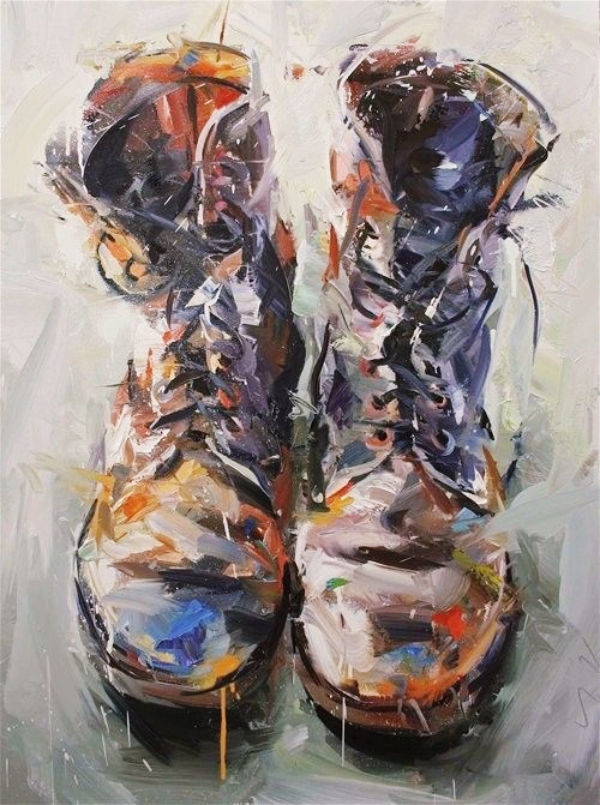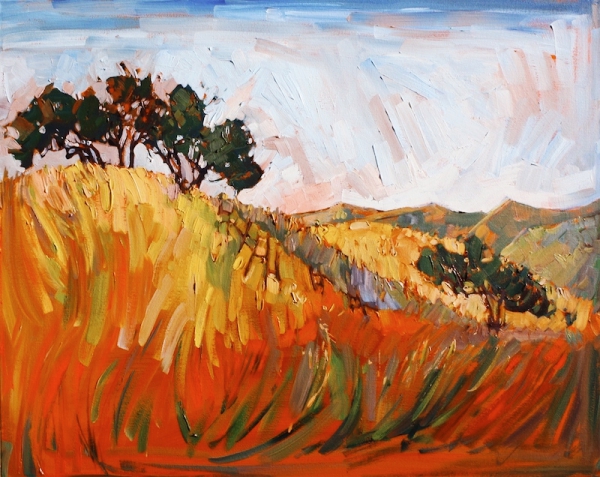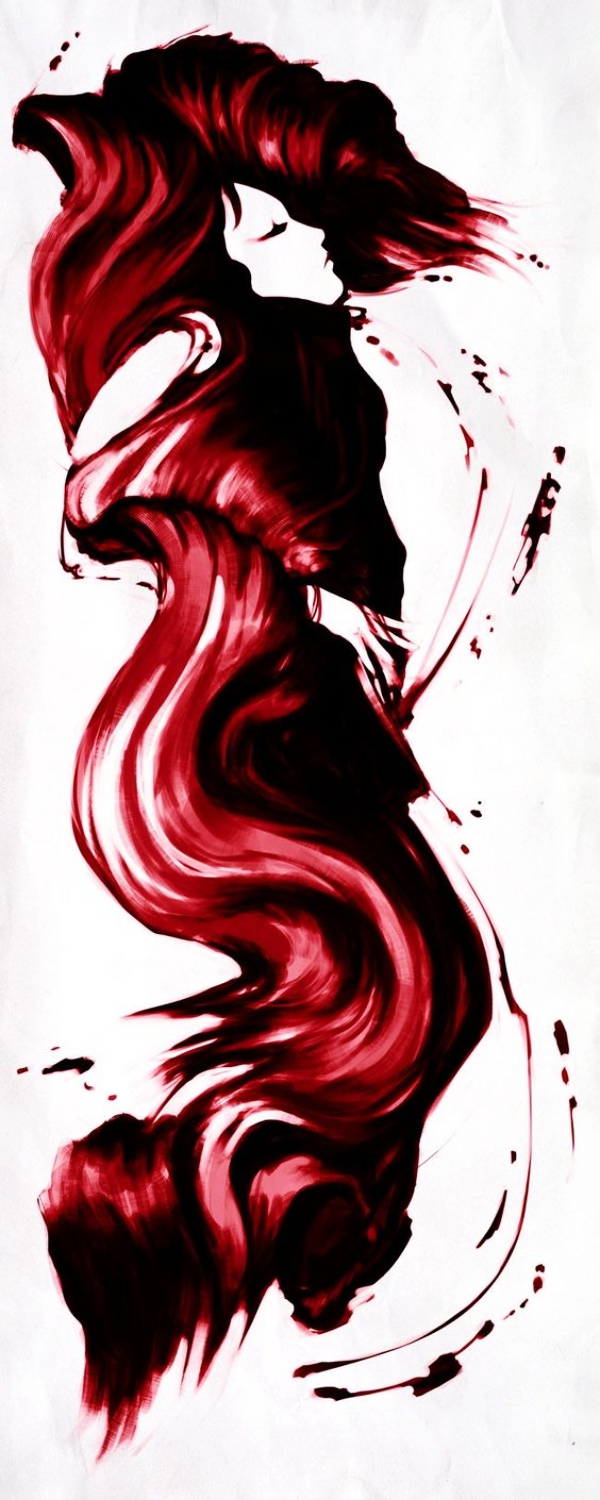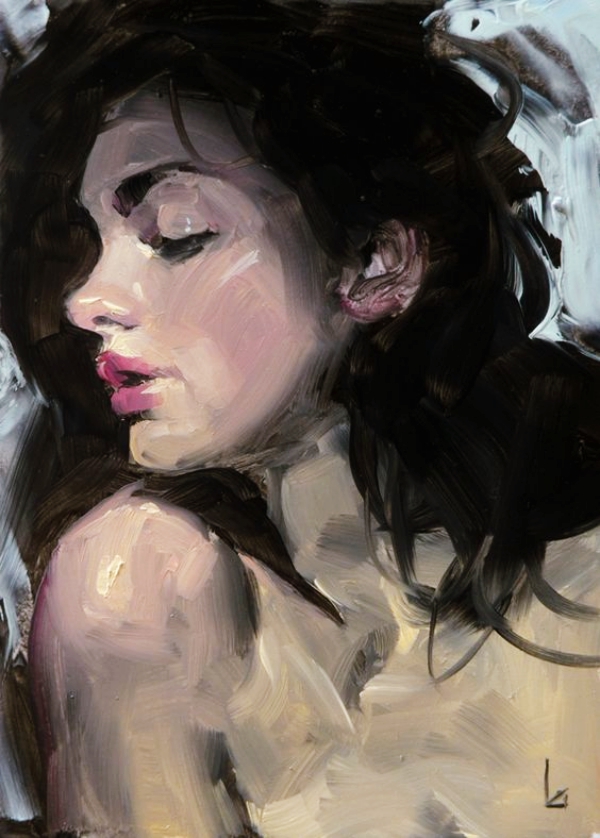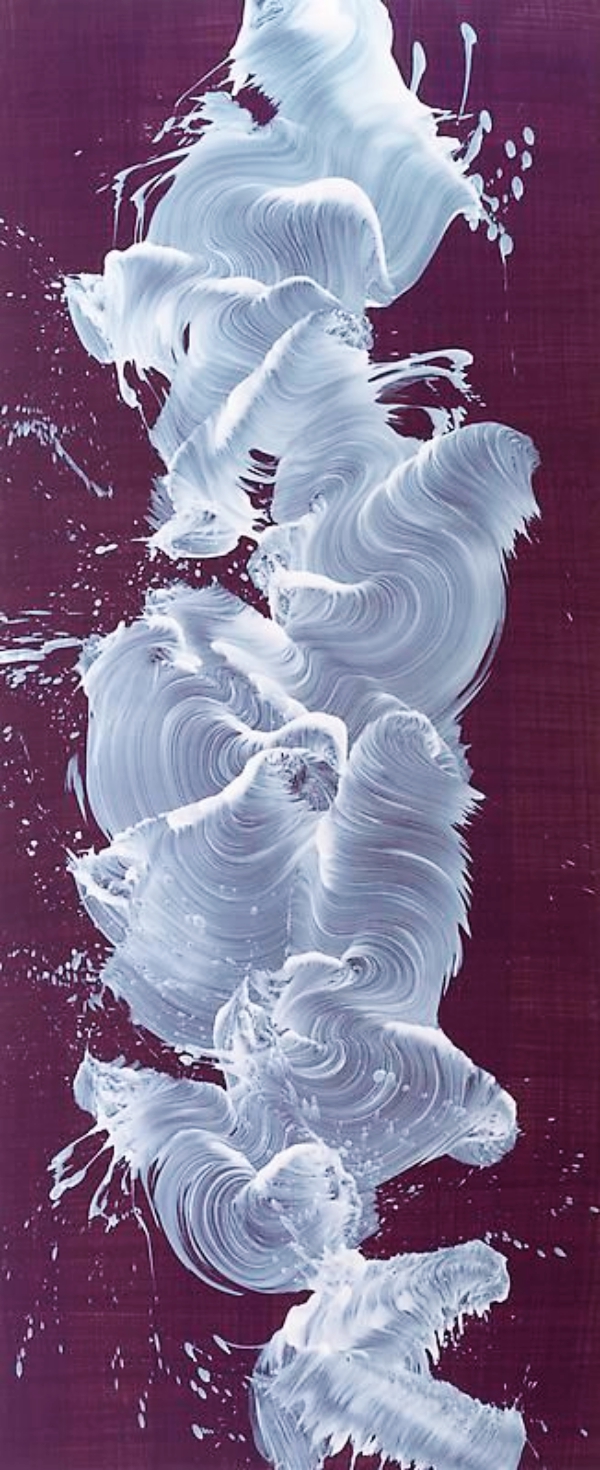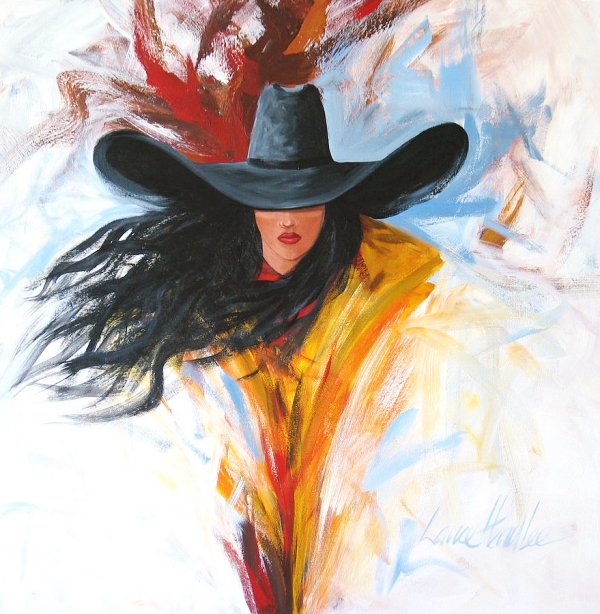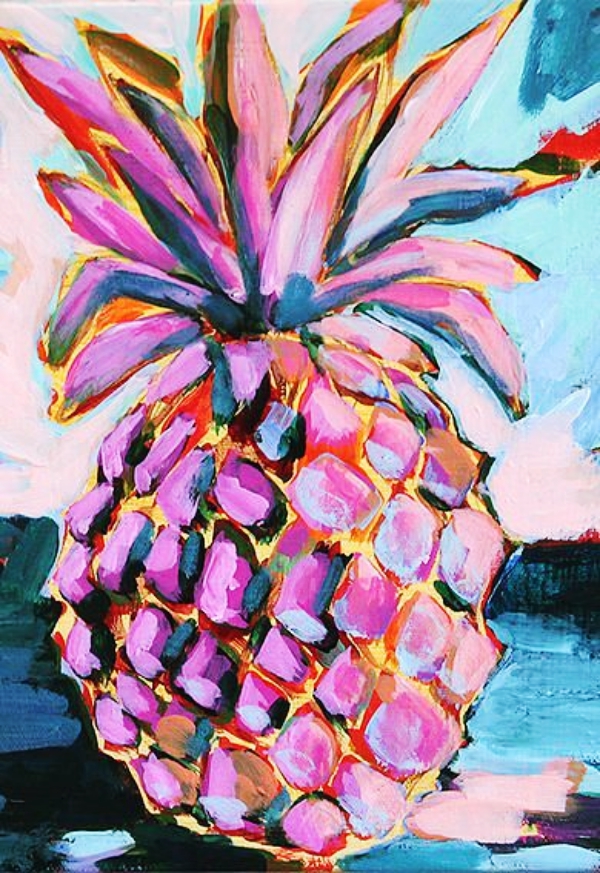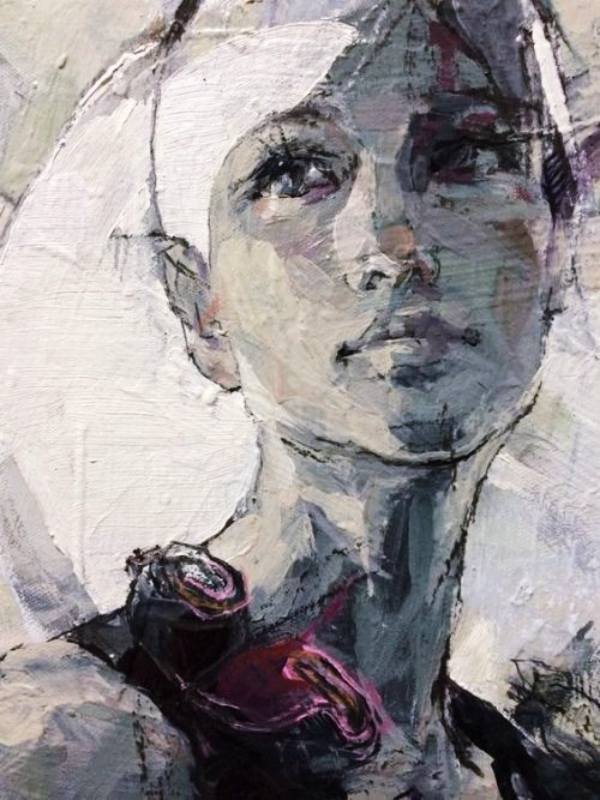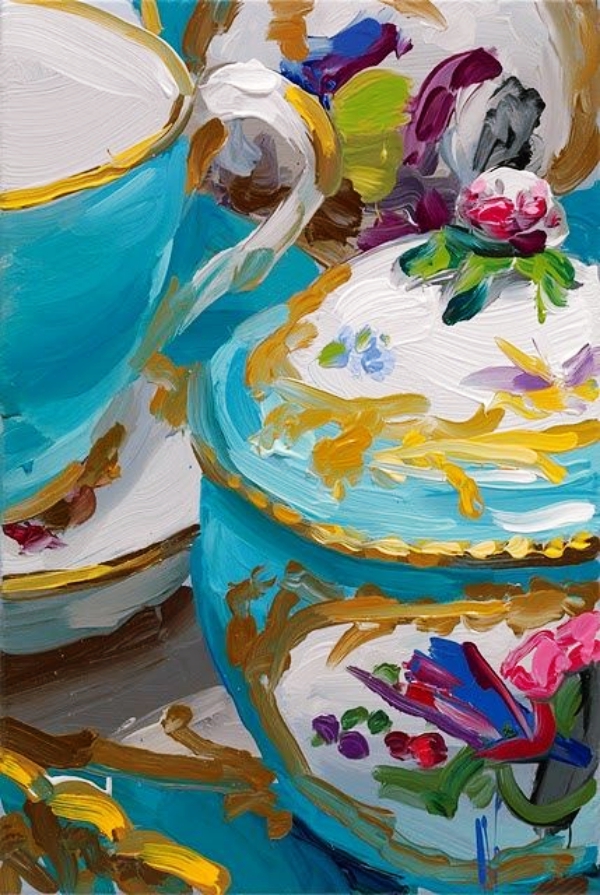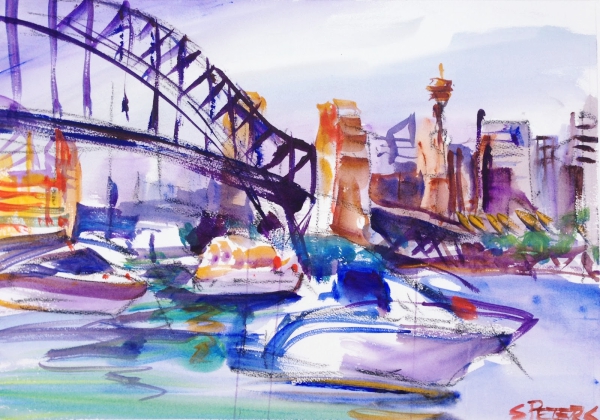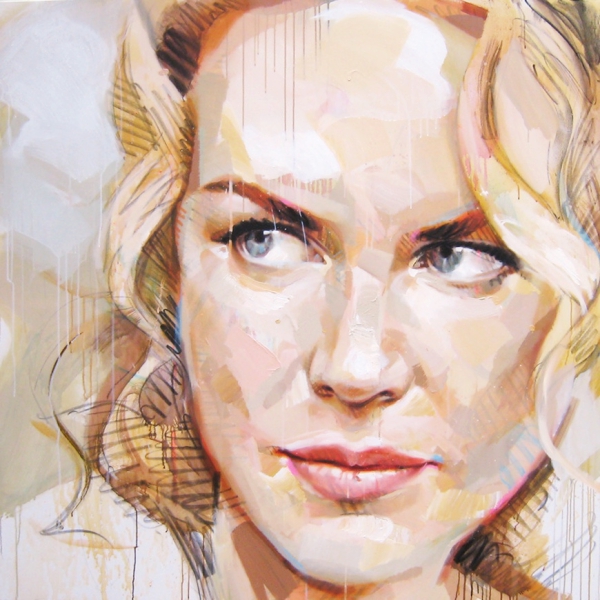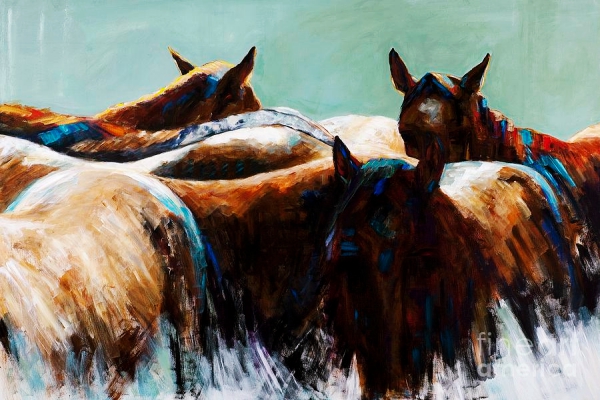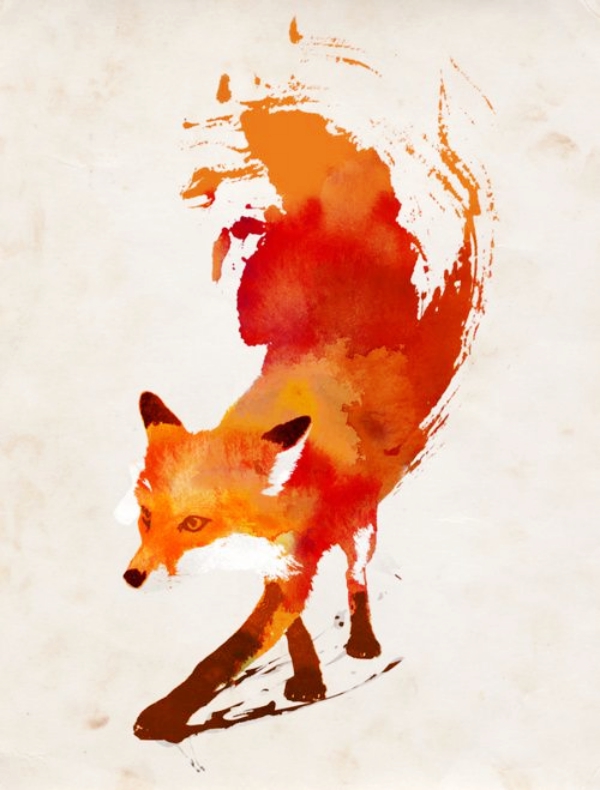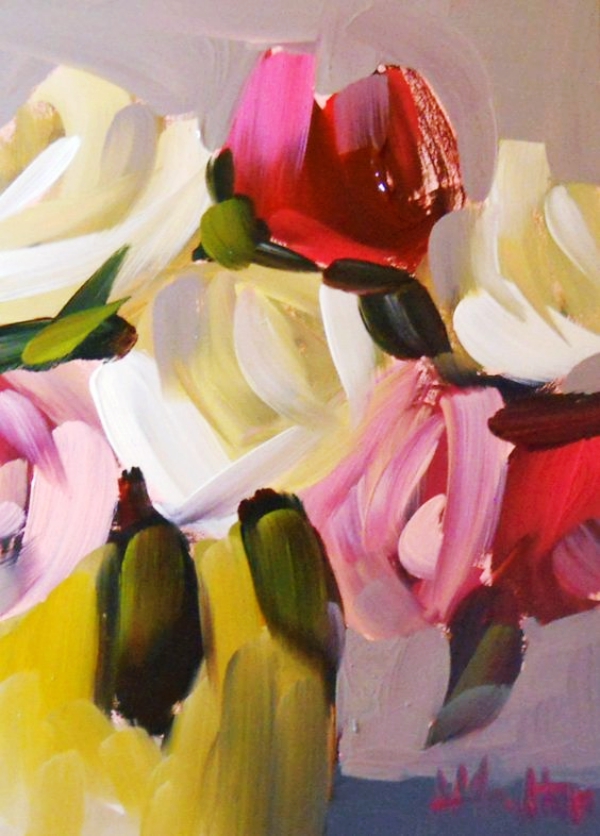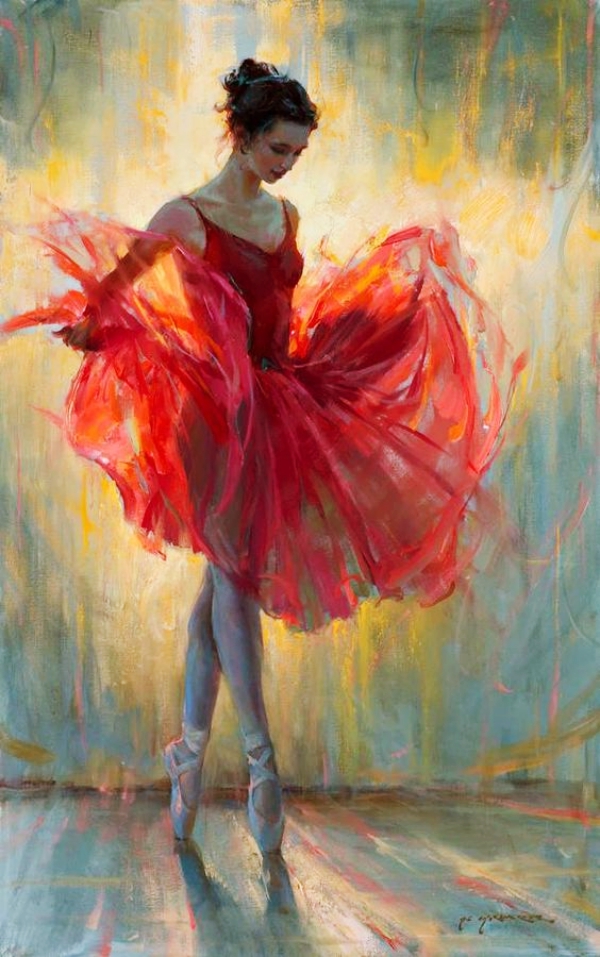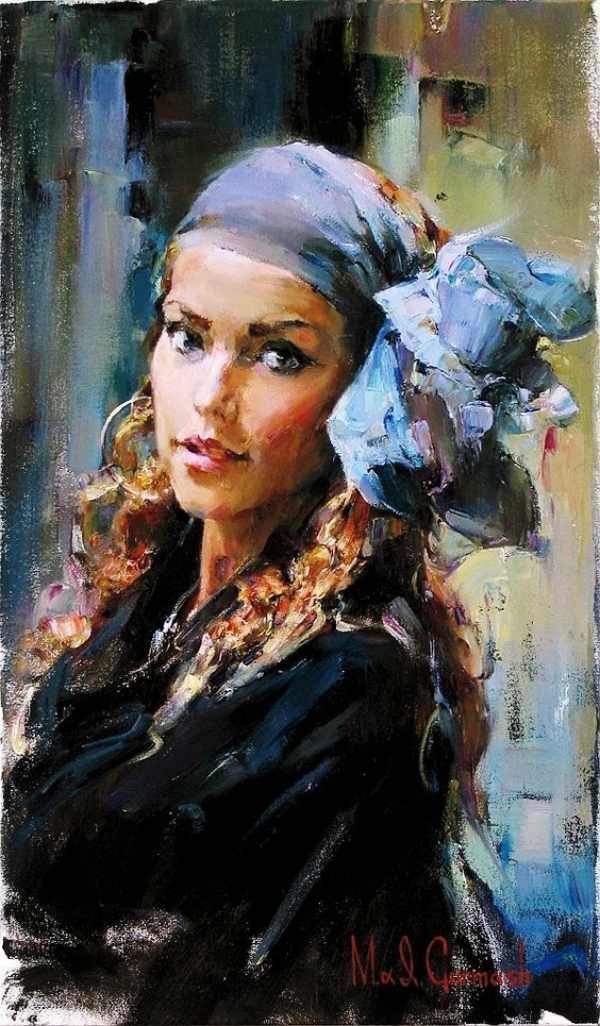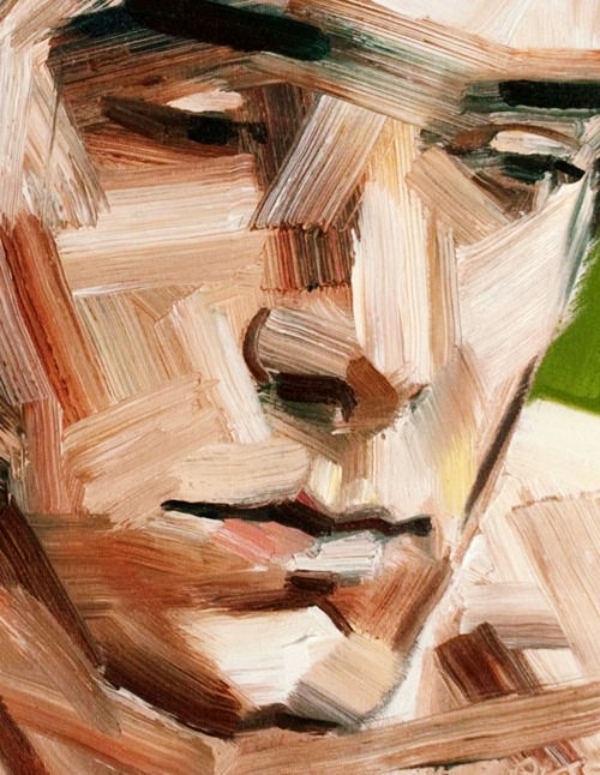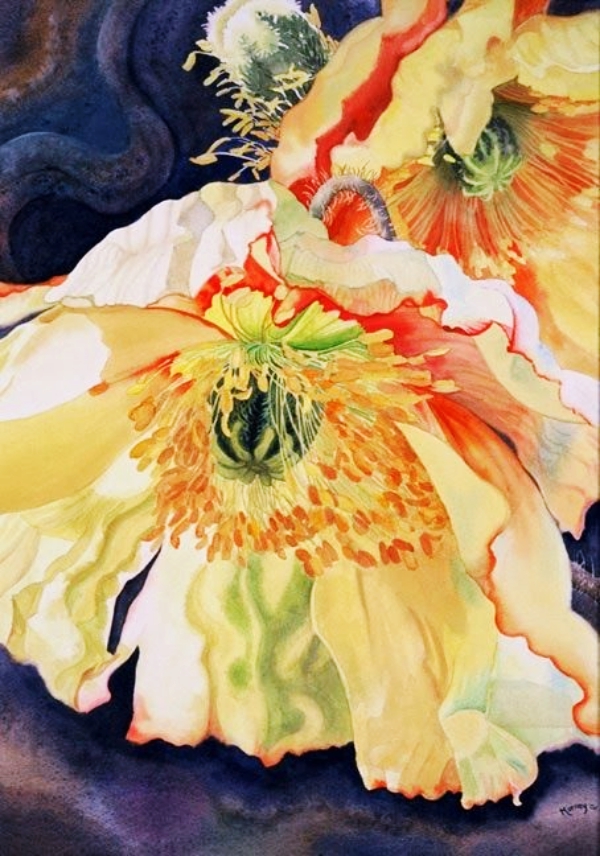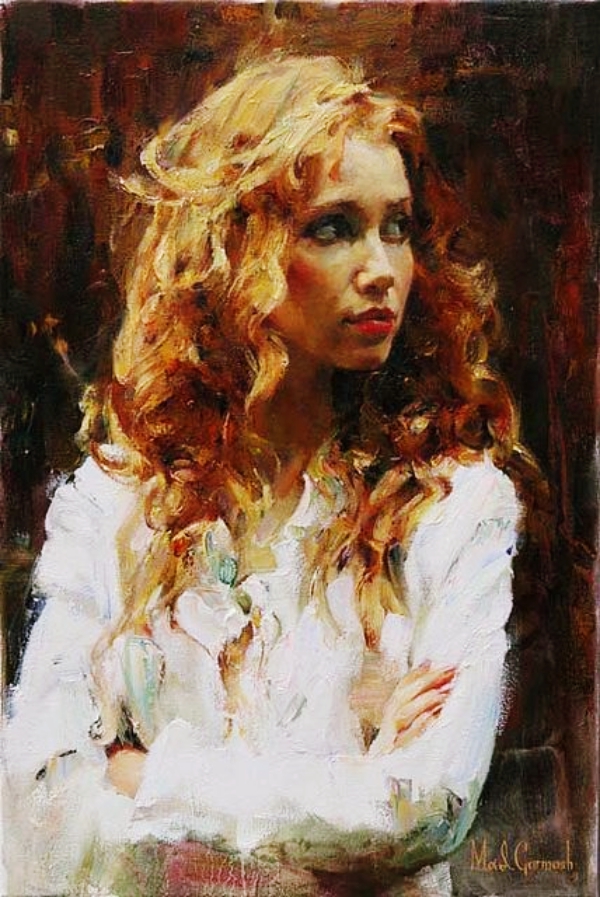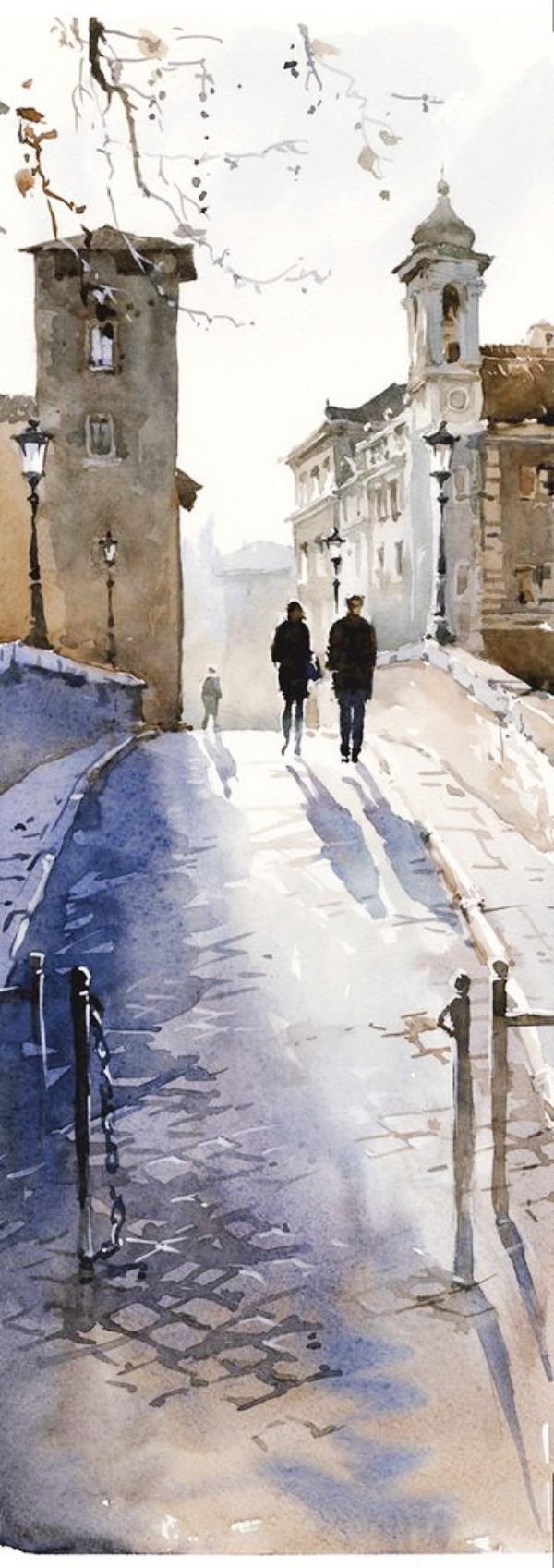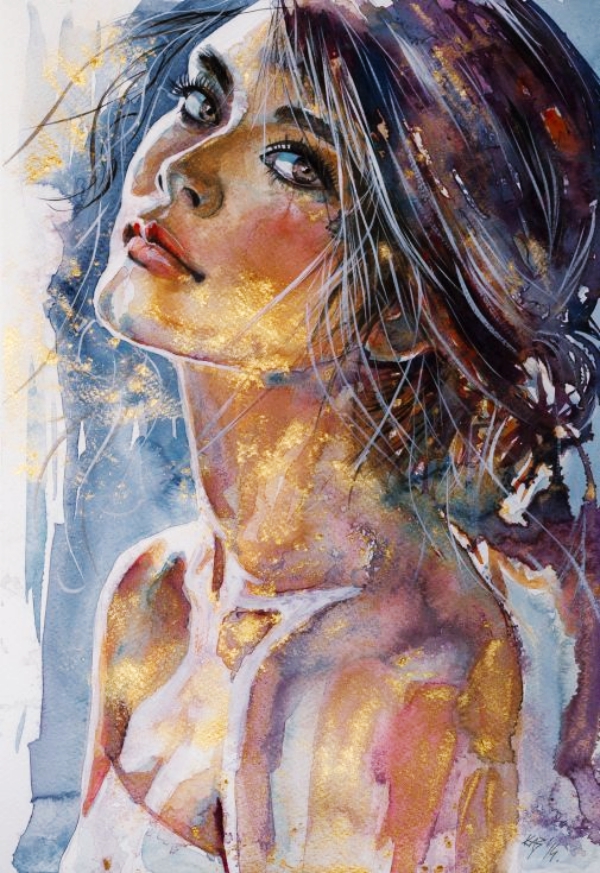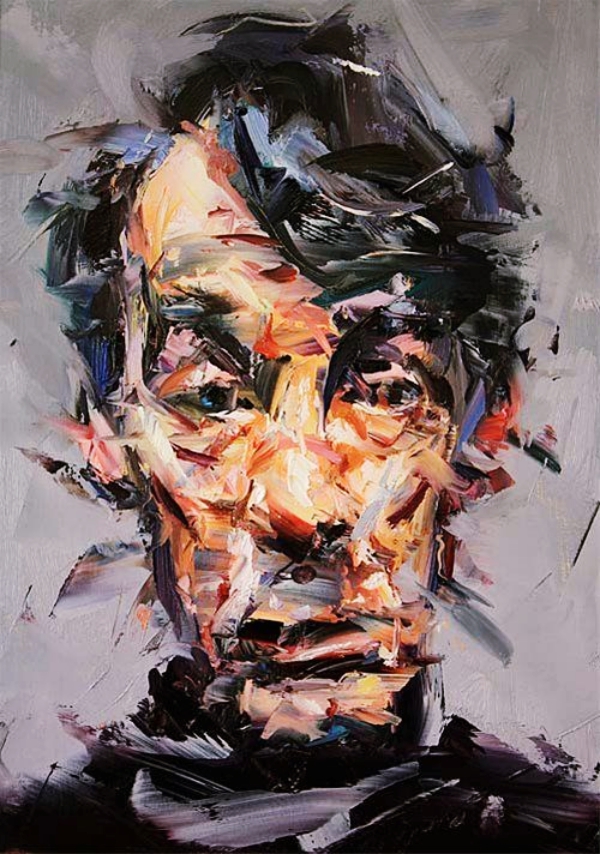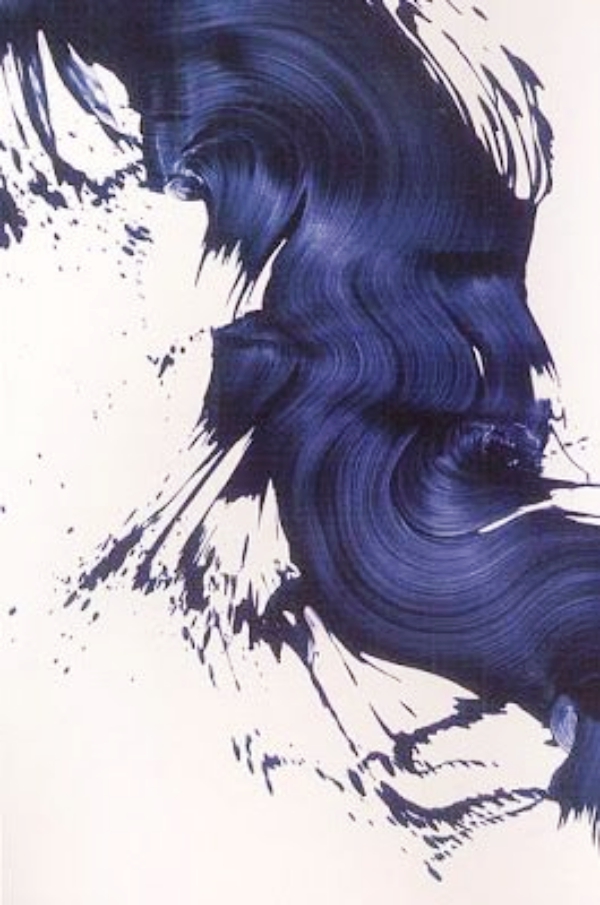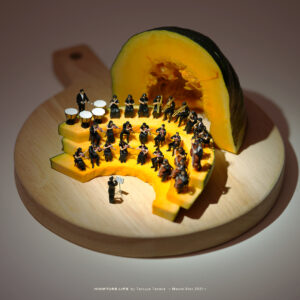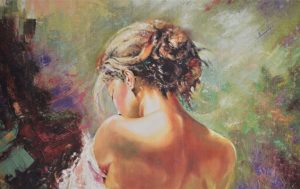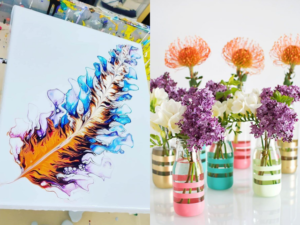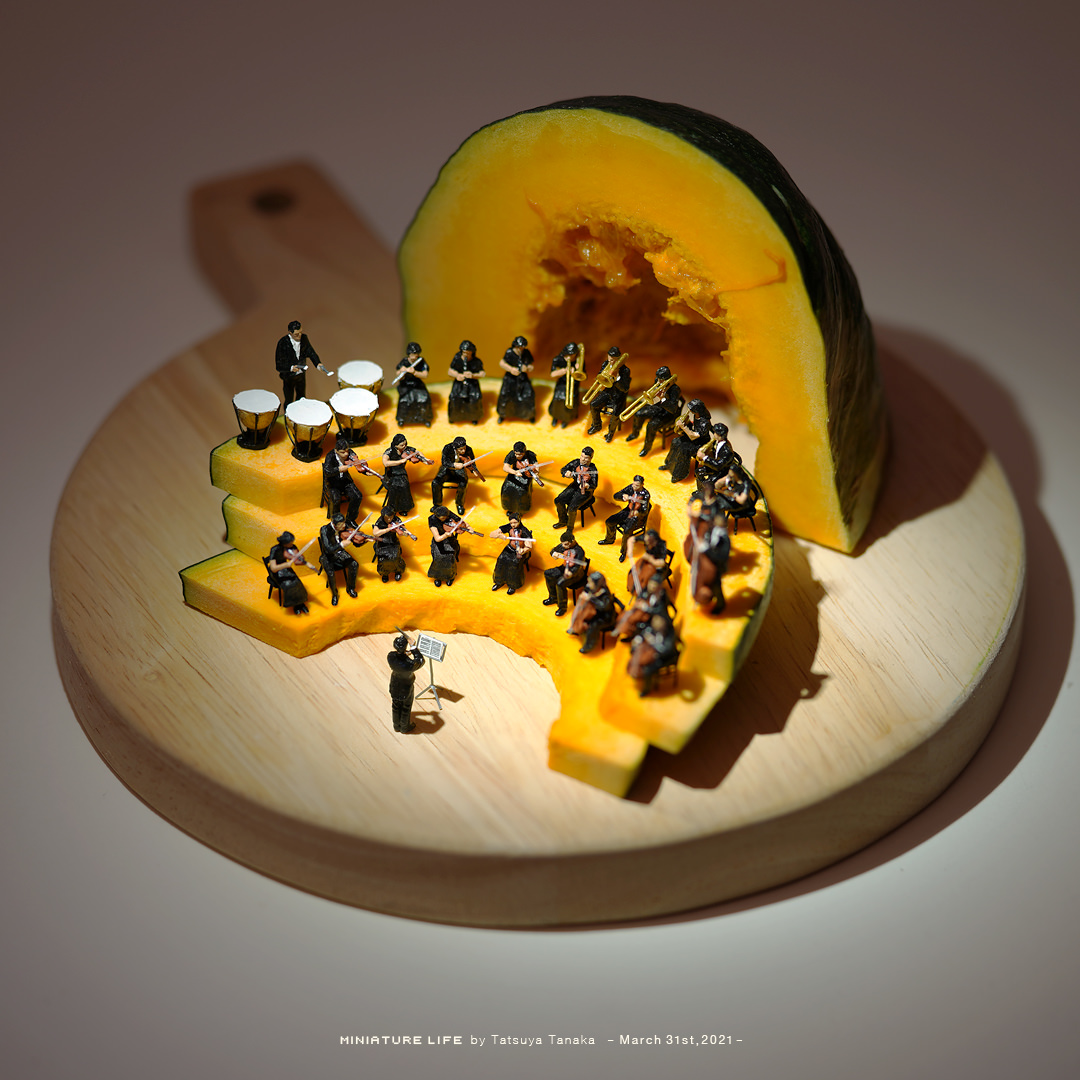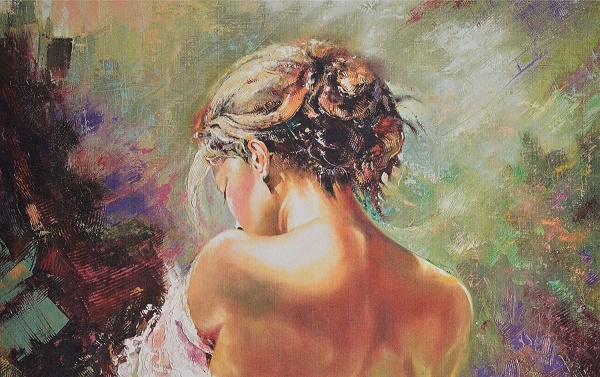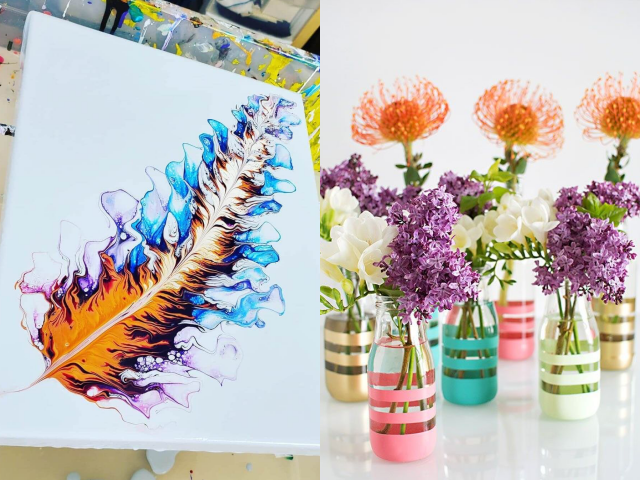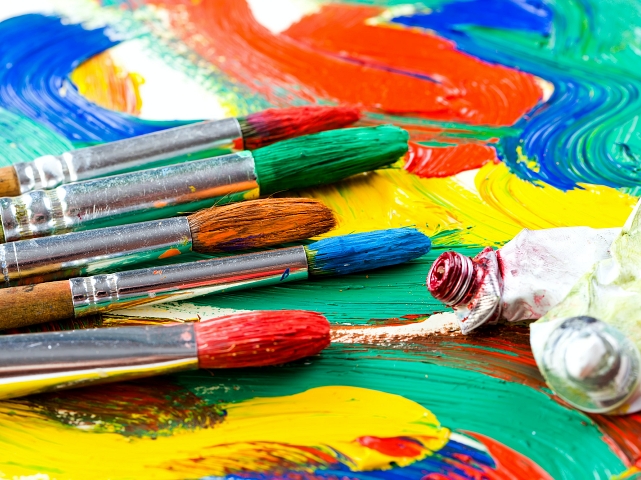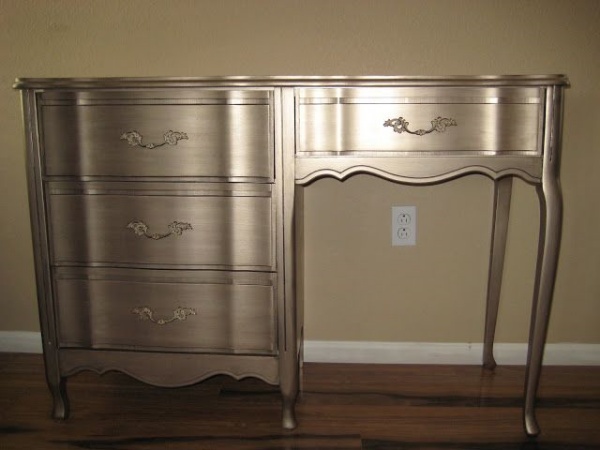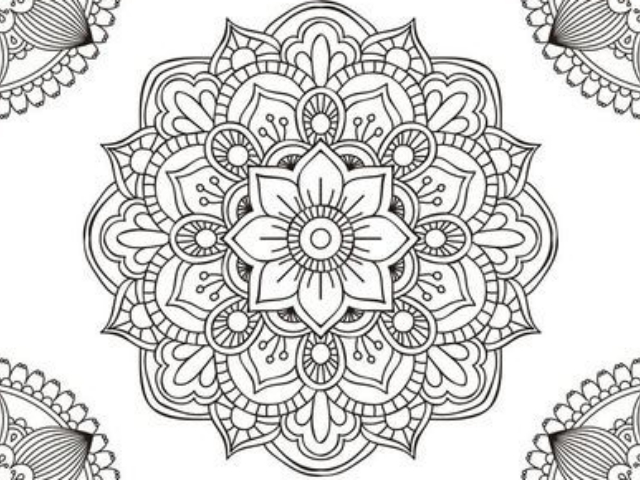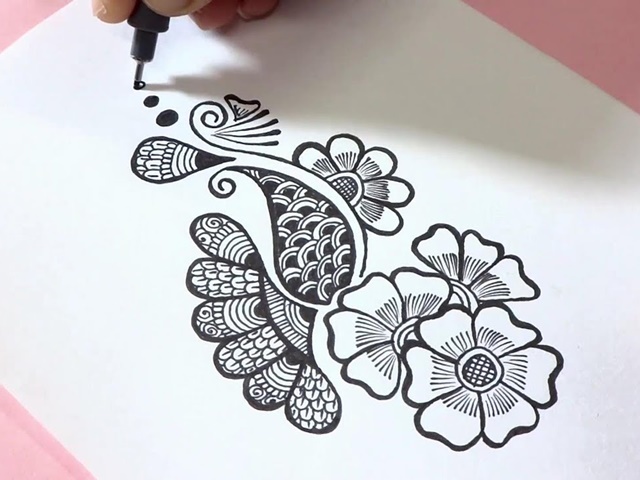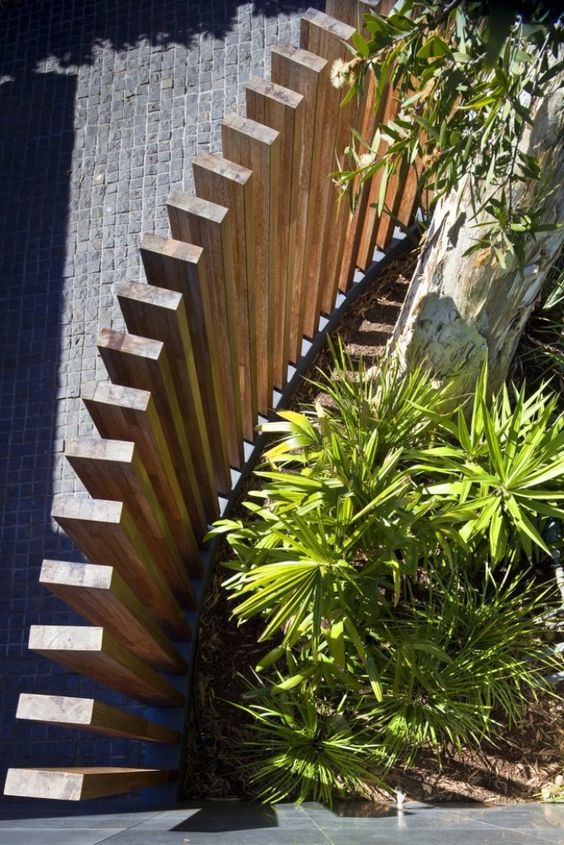The paintings rise from the brush strokes, as a poem rises from the words. The meaning comes later. Brush stroke painting is a modern way to express an idea, a vision and an emotion. Today, let me share a secret with you – to be able to get that perfect copy of painting you imagined, it is important to learn how to control the brush stroke and guess what, in order to help you do that, we have got some expert Clever Examples of Brush Stroke Paintings are right here. It is important for you to master the art of brush stroking in order to get the perfect painting on the canvas. Abstract painting is so much about the brush strokes and would vary by the varying types of strokes.
Clever Examples of Brush Stroke Paintings
Crosshatching Techniques of Painting
In crosshatching, use crisscrossed brushstrokes one over other to create a web of color. This technique is helpful in modeling build up areas of light and shade or creates lively color mixture. To create a crosshatching technique, you can use your old, bent brushes. Each bristle of the uneven brush will create its own tiny stroke. This will create rough crosshatched pattern. These Watercolor painting inspirations really helps to get inspired and make perfect use of brush strokes.
- For wet on wet Crosshatching technique, use wet brush create X patterns with one color. Then without washing the brush, use another color to create same pattern. Continue doing this and blend one color into the other.
- There are many different formats of crosshatching but wet on wet and wet on dry is most common out of the lot. For wet on dry crosshatching, create a flat wash of yellow ocher, then crosshatch in different directions using a dry paint. The underground color glows through and creates a subtle optical mixture.
Hatching
Hatching is an artistic technique used to create tonal or shading effects by painting closely spaced parallel lines. In hatching, different colors strokes are not smoothed together. At close distance you see each color distinctly, but at distance, you can achieve optical color mixing. Trying out these majestic wolf painting is also a great head start for such brush stroke paintings.
Dry Brush Technique
For Dry brush technique, load a small amount of thick paint on a dry brush and drag lightly over a dry painting surface. The paint will catch on the raised tooth of the ground leaving tiny speckles of the underlying color showing through. The texture of the surface plays an important role in determining the texture of dry brush stroke.
Don’t blend or use pressure with dry brush strokes; use them with light hand and let it go with the texture of the surface. With the depleting paint from the brush, the stroke will become fainter. This will produce rough, lively gradations of tone and color.
Flat Wash
A flat wash produces a smooth, even layer of color. This makes the paint flow smoother and gives even coverage. Use soft bristle brushes and paint strokes in one direction only, rather than drawing back and forth. Use a wide, flat brush, slightly overlapping each successive stroke for that even coat.
Brush Ruling
Drawing straight line using a paintbrush is very difficult given that bristles are tends to wobble. There is a way out of using some tools.
For example, you can use a ruler. There are two ways of using it:
- Tilt the ruler to 45 degree angle on a flat surface and then draw a soft stroke across the ruler, keeping the ferrule of the brush against the ruler
- You can use paint on an edge of the ruler and press it against a paper to create a straight line.
Liner Brush
Many painting needs liner brush stroke to create branches, flower stems, grass blades or a free hand line to draw those curvy county roads. Use fluid paint, hold your brush loosely towards the end of the handle, and draw lines with a fluid movement. The line gets thinner as you drag your paintbrush.
Scumbling
Scumbling is the rough and uneven application of a layer of thin paint over a layer of another color. Scumbles are usually applied with a circular motion of the brush, but the effect can also be achieved with streaks, dabs, or smudges. Acrylics dry fast, but if you work quickly you can scumble two colors into one another while they are still wet.
Stippling
Stippling is the brush technique that uses random small dots or scattered brush marks to create colors, tones and textures with it. You can use random brush to with different color to create pattern of dots on a flat paint surface. Making separate dots with a small brush, hold the brush perpendicular to the surface, and make each dot evenly spaced, without pressing too hard. You can also stipple using a sponge or other creative textured objects, like a nailbrush or bubble wrap.
Make the best of Clever Examples of Brush Stroke Paintings by getting ideas with these genius artworks and being a pro in brush stroking. Practice makes a man perfect and so will these techniques making your masterpiece set an inspiration amongst these Clever Examples of Brush Stroke Paintings.


